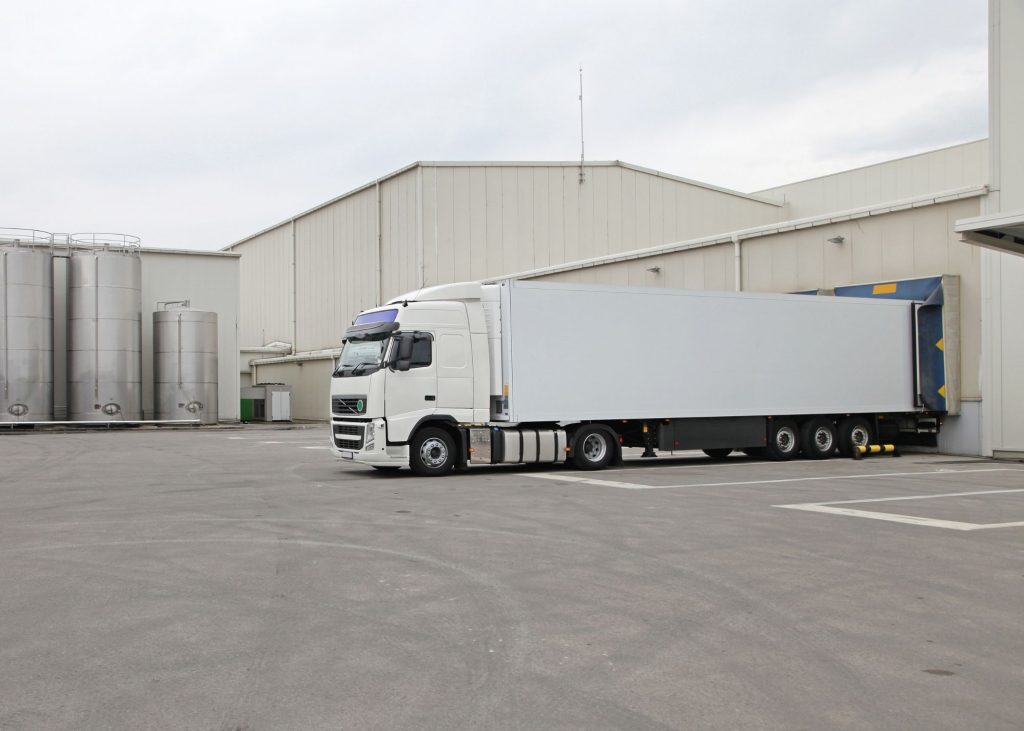Warehouse Management Systems (WMS) are becoming more and more important for warehouses as they try to keep up with the changing world. Holding stock for excessive periods of time can have a negative impact on a business’ cash flow, highlighting the importance of warehouse management. The old way of managing inventory is no longer working, and businesses need a system that can handle all of their needs.
Integrating a top WMS System is a big step towards improving efficiency and productivity. But before you take that next step, it’s important to prepare your warehouse for WMS integration so that everything goes smoothly.
In this blog post we will discuss six ways you can prepare your warehouse based business before warehousing management system integration.
If you follow these tips then you will be able to take your Warehouse System integration project from start to finish without missing a beat.
Six Ways You Can Prepare:
- DO THIS FIRST: Find the right WMS supplier for your business
- Select An Easy To Integrate WMS
- Migrate & Back-Up Your Data
- Test It Out
- Get Warehouse Staff Involved
- Run WMS Training Sessions

1. DO THIS FIRST: Find the Right WMS Supplier For Your Business
When you’re researching and scoping out which WMS to select for your business, it’s important that your consideration goes beyond the software package. Investigate the support on offer, in addition to the system you’re purchasing.
Once you get it up and running you want to be assured that you have access to reliable and consistent tech support for the times when you hit stumbling blocks.
One Point of Contact
The last thing you need is to be shuffled between different points of contact and re-explaining your business system requirements. It is possible to work with a warehouse software provider who gives you the same individual to do the initial scoping phase, through to integrating the system with you and being available for any required ongoing training and support once it is up and running. This may seem like a big ask, but it’s actually something we do at Infocomm and one of the things our customers appreciate the most.
2. Select An Easy To Integrate WMS
This is one area where many warehouses fall short, but if you want to have a successful warehouse system integration then your new management software needs to be able to communicate seamlessly with other systems in use at your business.
By opting for a quality WMS that integrates easily with your existing business systems you will ensure a smooth transition for your operation with minimal disruption to your ‘business as usual’. There are some ‘off the shelf’ Warehouse Systems that boast seamless integrations with other systems. However, they’re usually with major platforms at best. To ensure you’re able to get the most out of your systems and have them integrate with yours – a custom Warehouse Management System may be what your business needs.
Want to increase productivity even further?
If you want to take it up a notch, you can increase productivity and streamline processes further still by integrating all of your systems onto the one platform.
As an industry leader of innovative supply chain solutions, at Infocomm we have built industry specific software which all operates on the same platform, meaning you can have all of your systems and processes talking to each other with ease and also get a clear overview of your entire operation at a glance. At Infocomm we offer:
- Transport Management Software (TMS)
- Warehouse Management Software (WMS)
- Wholesale Distribution Software
- Manufacturing Management Software
These are all designed to be used separately as stand alone solutions, easily integrated to your existing IT set-up. However, when two or more of these market leading software packages combined, your business will have the complete end-to-end technology solution to reduce your operating costs and grow your business.

3. Migrate & Back-Up Your Data
Whichever system you select to integrate, it is important that you ensure your data will be safe and sound before introducing the new system.
After all, this information can cost a lot of time and money for a warehouse if it’s lost or corrupted due to poor preparation. Before launching any Warehouse Management System integration, run an inventory check so that every piece of inventory is accounted for and make sure to have a backup plan in place so that no data is lost during this process.
Warehouse management systems are becoming more and more important as time goes on, but there’s still an art to getting them integrated smoothly without unnecessary disruption to your operations.
By engaging the services of a quality WMS provider you should be supported through each stage of the tech integration, including the migration and back-up of your data.
4. Test It Out
It’s always helpful to test out new systems before fully implementing them, and Warehouse Management Systems are no exception.
Test out the system with a small subset of inventory to make sure that everything is working as intended before you go live. This will allow you to make any necessary adjustments without risking your entire warehouse operation.
An advantage of working with a warehouse software provider is that they can run these initial tests with you so you have professional tech support on side throughout, to give you peace of mind and to identify any potential glitches that need resolving before integrating it across your entire operation.
5. Get Warehouse Staff Involved
When preparing for WMS integration it’s important not only to get warehouse staff involved in the training sessions, but also have them take part in building out your new system by providing feedback on what they need and what they find to be most useful.
Warehouse staff form the backbone of any successful warehouse, so this kind of user-centered design can go a long way in making sure that your new system takes into account everything important for day-to-day operations.
Involving the wider team is also great for morale as everyone is given the opportunity to contribute to the change and growth of the business processes.
Quality WMS packages will have the ability to be customised to suit the specific requirements of your business, as opposed to an off the shelf package which will be limited in scope.
6. Run WMS Training Sessions
It’s all about communication. Any change can be overwhelming to business owners and staff alike, especially when it comes to new technology.
Warehouse Management Systems are no different.
By running training sessions, everyone in your organisation who needs to access the software will be given the tools, knowledge and confidence to embrace the change and benefit from the new set-up.
The best way to prepare is by having a one-on-one training session with each person who will be using the system regularly. Have them play around with the software so that they can get a feel for it and walk through some of the main features.
Once team members see how the new system will make their jobs easier, they will be encouraged to learn more about it and engage with its features instead of feeling intimidated by the change.
Providers of top WMS systems should offer in house training sessions for you and your team to get you all up to speed and be available for ongoing support.

The Wrap Up
To ensure a smooth transition with your WMS system integration, it’s important to look ahead to the support you will have available from your provider.
If you fail to prepare, prepare to fail.
While this sounds a bit doomsday, it is important to do the groundwork prior to introducing a new system to your business set-up.
By engaging the support of a quality WMS provider, you will be assured of data migration and protection, software testing and integration, staff system training and ongoing tech support.
Ready To Transform Your Business?
Infocomm is a leading Australian provider of Transport, Warehouse and Supply Chain ERP management software servicing clients in Australia and around the world. Contact the team to discuss your business requirements.

